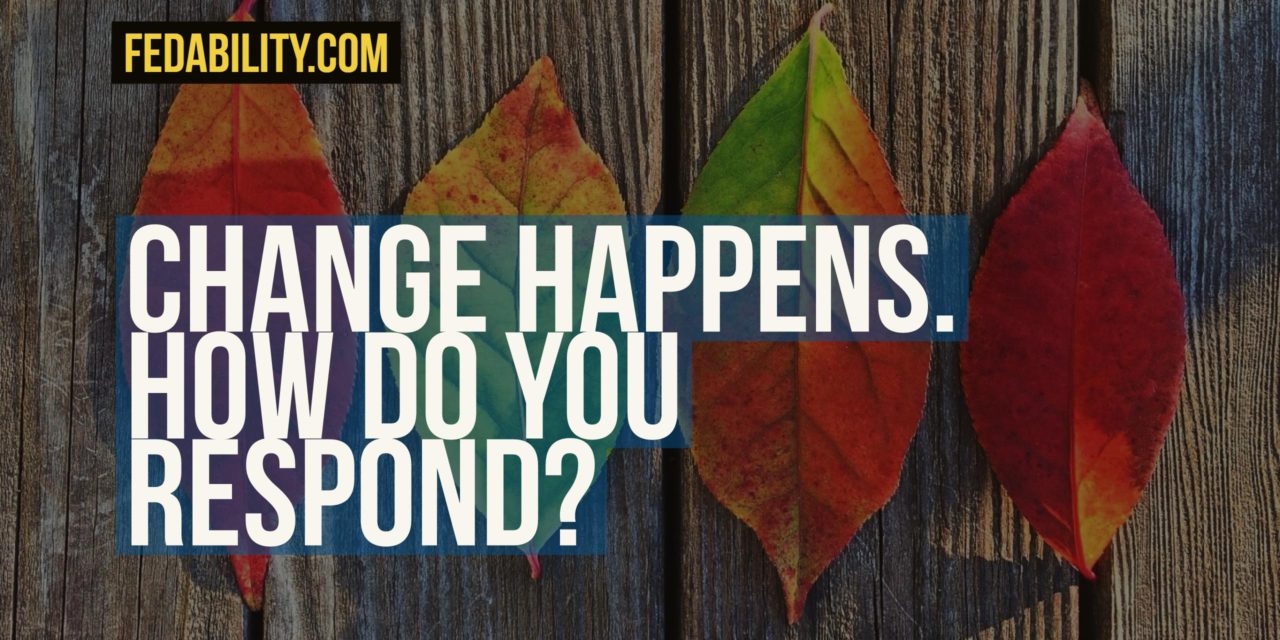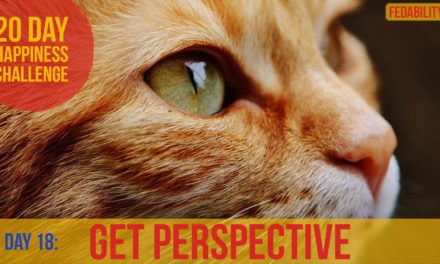Every day, no matter where we are or what we are doing change happens. These changes may be small (e.g., agency newsletter gets a new layout) to very large (e.g., agency reorganizes and reporting structures have shifted).
Core truths about change:
- It is always on the horizon
- There will be some discomfort for a time
- Majority of agency leaders and employees have no experience managing a change
The number of stories of those who resisted or didn’t make it through the change are innumerable. These are people who may have felt wronged, became angry with their leadership, lost their direction, or no longer saw how they fit into their position. Rightfully so, they blame for these negative outcomes on leadership.
What is forgotten, however, is that as an employee you hold some of that responsibility too.
In organizational psychology, there’s a model of how we experience change. This model is originally based on how people respond to a death. However, it’s not hard to see how change can be experienced as the death of “how we’ve always done it.”
The key is that when the change is introduced (i.e., a disruption) there’s an initial emotional or mental response that will be negative. You may be angry that you weren’t included in the decision. Perhaps you disagree with the decision. You may be frustrated that your job will be more difficult because of the steps that have been added. There may be disappointment because you liked doing it the old way.
And this is the stage too many employees get stuck in. They seem unable to move to the next stage of acceptance and commitment to the new way.
To successfully navigate the changes, you will need to take an honest look at your openness to change. Your openness will directly impact your willingness to take steps to move yourself beyond the anger and frustration.
Consider these five classes of innovation adoption:
- Innovators – Those interested in anything new, quick to adopt new practices or products.
- Early adopters – Those who keep an eye on what innovators have adopted and are the first to start talking about the changes more widely.
- Early majority – Those who appreciate change but wait until the innovators and early adopters have worked through the initial kinks and challenges.
- Late majority – Those skeptical of the changes sticking or working, but are willing to adapt when they believe that the change is there to stay.
- Laggards – Those who change only when they have no other choice and even then tend to be less than enthusiastic.
Depending on where you fall in this spectrum, especially those who typically fall into the categories of late majority and laggards, you may have to work harder to get to the next stage.
Strategies to help with your adjustment to change:
- Engage in some suspension of disbelief. Move beyond how and why changes were made in the past. Start first with the assumption that the shift is needed and is will help.
- Ask questions. Do the information gathering on why the shift is needed, what alternatives are considered, who is involved.
- Explore the true impact. In the midst of change when tensions are high, the negative impact may be magnified beyond what is true. Systematically determine how your day to day work will actually change.
- Find support. If the change impacts your actual workload, ask for help such as delegating or adding new staff. Seek out training if the new way of doing things requires new skills.
- Make small changes early. Don’t wait until the change moves beyond acceptance into compliance (i.e., they’re turning off the system, the form is no longer available). Talk to early adopters or early majority to determine if there’s a one or two things you could try.
- Give it time. An agency and/or its leadership won’t get it 100% right the first time. This doesn’t mean that the changes were wrong. Expect there will be some shifts as new things are learned. Or unexpected impacts are uncovered. Share your experiences of the small adjustments you’ve made and the support you’ve found to make them. You may be a trail blazer to influence how the change strategy shifts.
For more information on the Kubler-Ross model of change check out this article.
For more information on the research behind these classes of adoption, check out this article on diffusion of innovation.





